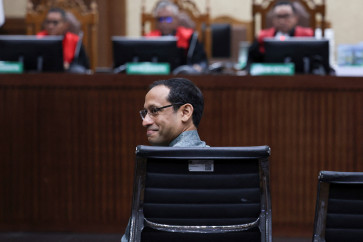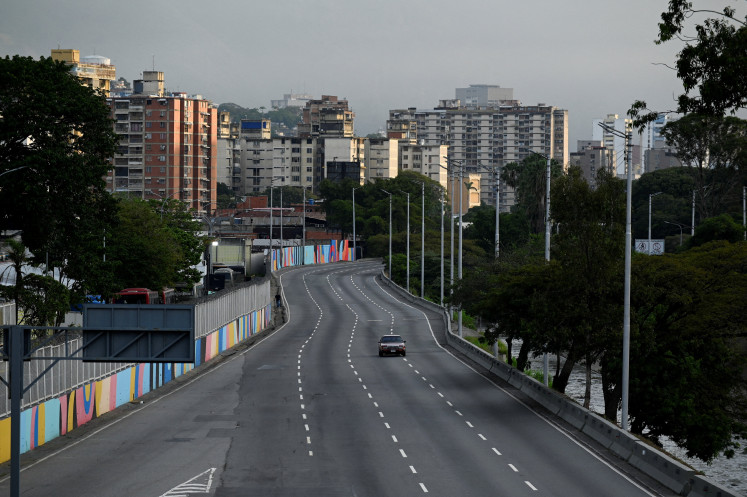Popular Reads
Top Results
Can't find what you're looking for?
View all search resultsPopular Reads
Top Results
Can't find what you're looking for?
View all search resultsIndonesia’s new stunting policy: Elusive or feasible?
Evidence shows that political leadership especially at the presidential or prime minister’s office is one of the key drivers to accelerate stunting decline.
Change text size
Gift Premium Articles
to Anyone
I
ndonesia has recently launched a new childhood stunting policy through Presidential Decree (Perpres) No. 72/2021 on the acceleration of stunting reduction among children under five years. This new policy effectively underpins the National Strategy to Accelerate Stunting Prevention 2018-2024.
Stunting, low height for age, is a physical manifestation of chronic malnutrition that carries long-term development risks.
Stunting in early life is linked with impaired cognitive ability, lower future productivity and higher risk of poverty. Stunting reflects the face of poverty and social inequalities.
While a poverty line using purchasing power parity (PPP) rates can be problematic to compare poverty across regions or countries because the consumption choices of the poor is not always captured by the basket of goods used to establish PPP measures, stunting prevalence can complement monetary welfare indicators.
Since the sources of stunting are multifaceted from immediate causes (inadequate dietary intake and disease), underlying causes (food insecurity, inadequate care and health services and unhealthy household environment) to basic causes (political, environmental context and socioeconomic factors such as income, parental education and unequal access to resources), high rates of stunting prevalence reveal the inability to meet most basic needs.
Stunting prevalence among under-five children in Indonesia had decreased from 37.2 percent in 2013, to 27.7 percent in 2019. Perpres No. 72/2021 targets further reduction in stunting to reach the prevalence rate of 14 percent by 2024. Is it attainable?
The answer will depend on an interplay of various factors affecting the implementation of such a policy. Among the classic literature on policy implementation, Sabatier and Mazmanian lay out several conditions of effective policy implementation, which can be pertinent to assess the efficacy of Indonesia’s stunting policy.


















